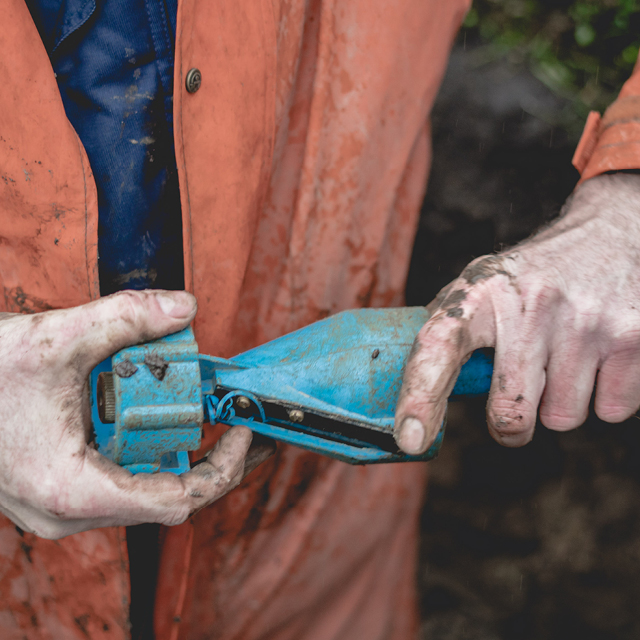
Novafos has partnered with Kamstrup on a new solution with remote read water meters
13.01.2020
From 2020, 72,500 customers in seven North Zealand municipalities will have their water meters replaced with new remote-read meters. Besides ensuring accurate billing, the remote read meters will make it easier to find leaks and give consumers a better insight into their water consumption.
Novafos, a water and wastewater company in North Zealand, invests in Kamstrup's latest water meter flowIQ® 2200, infrastructure and remote reading system. The pioneering technology offers new opportunities to optimise operations while giving the utility a better basis for detecting leaks and getting an overview of the distribution network.
Better service for consumers combined with less water waste
"We look forward to offering our consumers new and better service as they do not have to read their meter and also can receive a warning if their consumption changes dramatically," says Carsten Nystrup, CEO of Novafos and continues:
“We are also pleased that we can use the remote read meters to detect leaks in the distribution network faster in the future so that we can minimise water loss. In this way, we become more efficient while taking good care of our water resources.”
Acoustic leak detection
The remote reading of the meters will create increased transparency and thus more detailed knowledge of the possibilities of optimising the distribution network and daily operations.
"Novafos has chosen a communication technology that is future-proof in terms of security and high data performance so that the utility always has the real picture of the consumption and condition of the water pipes," says Mads Sckerl, Senior Vice President of Kamstrup's water business.
“At the same time, Novafos is getting our latest technology, where the meters have integrated acoustic leak detection. It provides an opportunity to identify possible leaks in both service connections as well as the main pipes by capturing sound waves in the water flow and recording the acoustic noise, he elaborates.”
The meters will be replaced from 2020-2022
Kamstrup will be responsible for the roll-out with the replacement of 72,500 intelligent meters and the establishment of a communication network to transport data from the meters. In addition, Kamstrup will be responsible for the future operation and maintenance of the overall solution. Kamstrup has won the agreement in a tender.
The replacement of the meters will begin in 2020 and will run over the next 2 years.
For more information
Louise Vestergaard-Hansen, Brand & Communication Manager
lvh@kamstrup.com
51302858






